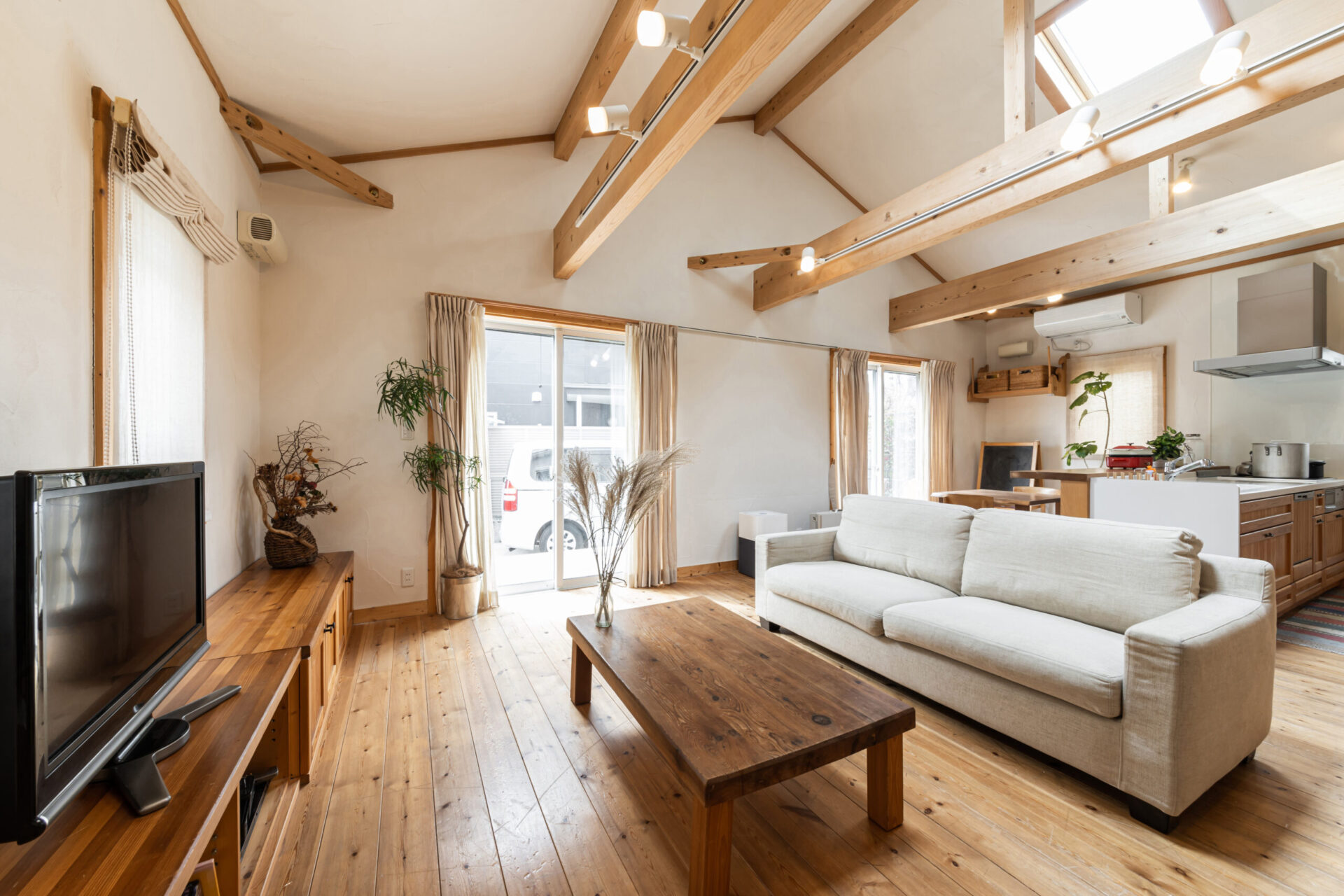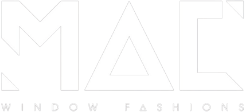Curtains and curtain tracks play a crucial role in commercial spaces such as offices, restaurants, hotels, and theatres. They are not just decorative elements but functional components that contribute to fire safety, noise control, energy efficiency, and automation. Ensuring that curtain systems meet Australian standards is essential for compliance, durability, and performance.
This article explores the key Australian standards for curtain tracks and fabrics in commercial environments, focusing on fire safety, noise reduction, motorisation, and durability. Whether designing a new space or upgrading existing window treatments to Australian-Made Certified standards, understanding these regulations ensures compliance and long-term functionality.
Fire Safety Standards for Curtain Fabrics and Tracks
Fire safety is a critical consideration in commercial buildings. Curtains, as soft furnishings, pose a potential fire hazard if they do not meet the required standards for flame spread and heat release.
In Australia, commercial curtain fabrics must comply with AS/NZS 1530.3:1999, which measures ignitability, flame propagation, heat release, and smoke development. A fabric that meets this standard has been tested for its ability to withstand fire and its behaviour during ignition. A lower index rating means better fire resistance, which is essential in high-risk environments like hotels, restaurants, and public buildings.

AS 1530.2:1993 is another key standard that measures the flammability of fabrics by assessing how long a material takes to ignite when exposed to a flame source. This standard is particularly relevant for hospitality settings and theatres, where fire control is essential.
To comply with these standards, commercial spaces often use fire-retardant fabrics that havebeen chemically treated or are naturally resistant to flames. Many hotels and office buildings choose inherently fire-resistant fabrics such as wool or treated polyester.
Curtain tracks in commercial spaces must be made from non-combustible or fire-resistant materials such as aluminium or stainless steel. Tracks should also be designed for quick-release mechanisms, allowing curtains to be easily removed in the event of a fire.
Motorised curtain systems should comply with AS/NZS 3000:2018, which covers electrical installations and wiring rules to ensure that their components do not contribute to fire hazards.
Acoustic and Noise Reduction Standards for Commercial Curtain Systems
Noise reduction is critical in commercial spaces such as hotels, offices, and restaurants, where unwanted sound can affect productivity and guest comfort.
Curtain fabrics and tracks contribute to acoustic control by absorbing sound and reducing reverberation. The AS/NZS ISO 717.1:2004 standard provides guidelines on measuring airborne sound insulation for building materials, including textiles.
Fabrics with high noise reduction coefficients are preferred in spaces where sound control is crucial, such as office boardrooms, open-plan workspaces, hotel conference rooms, and restaurants with hard flooring and high ceilings.
Wool and heavy polyester fabrics are commonly used to improve sound absorption. Acoustic curtains that meet this standard can reduce noise transmission between spaces, enhancing privacy and comfort.
The material and installation method of curtain tracks affect their ability to block noise. Some key design considerations include ceiling-recessed curtain tracks that create a better seal against external noise, rubber-lined tracks that reduce sound transmission through metal components, and heavy-duty track systems that support thick, multi-layered acoustic curtains.
Motorised Curtain Tracks and Automation Standards
As commercial buildings increasingly integrate smart automation, motorised curtain tracks have become a common feature in luxury hotels, corporate offices, and high-end restaurants. These systems provide convenience, energy efficiency, and security, but they must meet strict electrical and safety standards.
Motorised curtain tracks must comply with AS/NZS 3000:2018, the standard governing electrical installations. This ensures that all wiring, controllers, and motors used in curtain systems meet national electrical safety requirements.
Motorised systems also need to be installed by licensed electricians to comply with low voltage electrical installation standards and building automation control regulations.
The National Construction Code and BASIX energy efficiency requirements encourage commercial spaces to use energy-efficient solutions. Motorised curtains integrated with daylight sensors and climate control systems help reduce energy consumption by automating light and heat management.
Hotel and office buildings often opt for motorised systems that allow for remote operation and scheduling based on natural light levels.

Durability and Load-Bearing Standards for Curtain Tracks
Commercial spaces require high-durability curtain tracks capable of withstanding frequent use, especially in hotels, hospitals, and event spaces where curtains are drawn multiple times a day.
AS 2663.1-1999 covers textile fabrics for curtains and drapes, setting standards for the mechanical durability of curtain fabrics. This includes abrasion resistance, tear strength, and UV and fade resistance.
Similarly, curtain tracks must meet Australian building and engineering codes to ensure they support heavy fabrics without bending or failing. The key factors include material strength, with aluminium and stainless steel being commonly used for their high durability and corrosion resistance.
Weight-bearing capacity is also critical, as tracks must be tested for maximum load ratings to ensure they can support heavy blockout or acoustic curtains. Smooth operation is another important factor, with commercial-grade tracks designed for silent, friction-free movement, especially in hotels and conference rooms.
To maintain compliance, commercial spaces must regularly inspect their curtain tracks and fabrics. Industry recommendations include annual fire safety testing for flame-retardant curtains, routine maintenance of motorised track systems, and periodic load testing for high-traffic curtain tracks.
Choosing the Right Curtain System for Commercial Spaces
Selecting compliant curtain fabrics and tracks is essential to ensure a commercial space meets safety, acoustic, and durability requirements. Here’s a quick reference for the most suitable options based on industry standards:
| Commercial Setting | Recommended Fabric & Track Features | Key Australian Standards |
| Hotels | Fire-retardant blockout curtains, motorised tracks | AS/NZS 1530.3, AS 2663.1 |
| Restaurants | Acoustic drapes, fire-resistant polyester | AS/NZS ISO 717.1, AS 1530.2 |
| Offices | Sound-absorbing wool curtains, ceiling-mounted tracks | AS 2663.1, ISO 717.1 |
| Conference Rooms | Heavy-duty blackout curtains, motorisation for automation | AS/NZS 3000, AS 2663.1 |
| Theatres & Event Venues | Acoustic velvet drapes, reinforced track systems | AS/NZS 1530.3, ISO 717.1 |

Ensuring Safety, Comfort, and Compliance in Commercial Curtain Systems
Curtain tracks and fabrics in commercial spaces must comply with Australian safety, acoustic, and durability standards to ensure fire resistance, noise control, energy efficiency, and long-term performance. Compliance with AS/NZS 1530.3 for fire safety, ISO 717.1 for acoustic control, and AS 2663.1 for durability guarantees that curtains and tracks meet the highest industry requirements.
By selecting certified fabrics and track systems, commercial spaces can ensure safer, quieter, and more efficient environments while maintaining aesthetic appeal. Investing in fire-rated, acoustic-tested, and motorised curtain solutions not only enhances functionality but also improves occupant comfort and regulatory compliance.
Work with MAC Window Fashions to bring premium Australian-made curtains and high-quality curtain tracks to your commercial or residential projects. Become a retail partner and offer custom solutions backed by expert craftsmanship, or work with one of our retailpartners to access tailored window furnishings that meet fire safety, acoustic, and motorisation standards.





